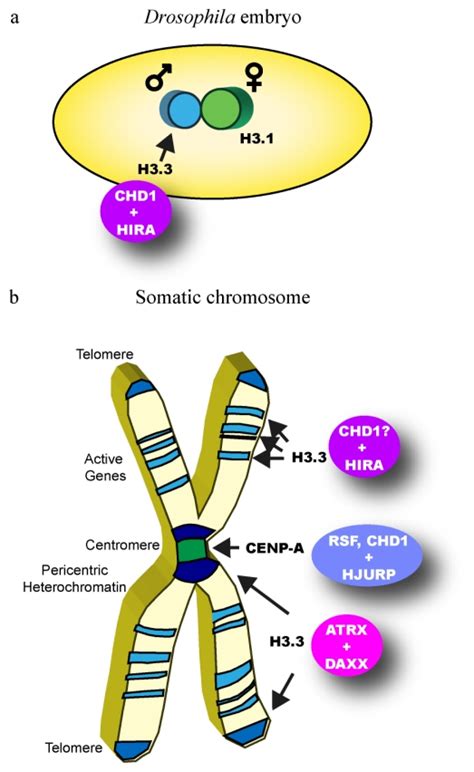Introduction to Assembly Variants
Assembly variants are a powerful feature in computer-aided design (CAD) software that allows designers and engineers to create multiple variations of an assembly within a single file. This enables efficient management of complex designs with multiple configurations, saving time and reducing errors compared to managing separate files for each variant.
Key Benefits of Using Assembly Variants
- Streamline design workflow by managing multiple configurations in one place
- Easily compare and evaluate different design options
- Reduce file management overhead and avoid synchronization issues
- Facilitate design reuse and modularity
- Simplify BOM and manufacturing planning
How Assembly Variants Work
Assembly variants leverage the parametric and associativity capabilities of modern CAD systems. The basic process involves:
- Creating a base assembly with common components and constraints
- Defining parameters to control key dimensions, features, or component inclusion
- Specifying variant configurations that set different parameter values
- Activating the desired variant configuration to view and work with that version of the assembly
Example: Bicycle Frame Assembly Variants
Consider a bicycle frame assembly with variants for different frame sizes and materials. The base assembly would include:
- Frame tubes (top, down, head, seat)
- Joining brackets
- Parametric sketch defining key frame dimensions
Variant parameters could include:
| Parameter | Description | Example Values |
|---|---|---|
| FrameSize | Seat tube length | 48cm, 52cm, 56cm, 60cm |
| FrameMaterial | Frame tube material | Aluminum, Steel, Titanium |
Variant configurations would then specify combinations of parameter values:
| Configuration Name | FrameSize | FrameMaterial |
|---|---|---|
| Small Aluminum | 48cm | Aluminum |
| Medium Steel | 52cm | Steel |
| Large Titanium | 60cm | Titanium |
The resulting assembly variants maintain full associativity, so any design changes to the base propagate automatically to all variants.

Planning Assembly Variant Structures
Effective use of assembly variants starts with careful planning of the variant structure, considering:
Functional Requirements
Identify the key functional differences needed, such as:
- Size ranges
- Material choices
- Optional features or components
- Configuration-specific components
Modularity and Reuse
Structure variants to maximize design reuse, for example:
- Use common subassemblies where possible
- Abstract variant parameters to higher levels when they affect multiple subassemblies
- Consider part families or configurations for components with variants
Naming Conventions
Establish clear naming conventions for variant parameters and configurations, considering:
- Consistency with company standards
- Clarity for users across disciplines (e.g. design, manufacturing, sales)
- Compatibility with PDM/PLM and other systems
Well-structured assembly variants promote design efficiency, reuse, and clarity.

Designing with Assembly Variants
With a clear variant structure planned, the detailed design process can proceed, following best practices:
Base Assembly Design
- Create the base assembly, focusing on common elements
- Define parameters for key variant dimensions and features
- Use design tables or spreadsheets to manage parameter values if needed
Variant-Specific Components
- Create configuration-specific components and subassemblies
- Control variant inclusion using parameters, suppression, or configuration management tools
Design Validation
- Check all variant configurations for proper fit and function
- Use interference detection and other validation tools
- Consider using design automation for complex configurations
Design Documentation
- Document design intent and rationale for variant parameters and configurations
- Specify default or preferred configurations
- Provide usage instructions for downstream users
Thorough validation and documentation ensure assembly variants will work as intended for all users and downstream processes.

Managing Assembly Variants
Effective management of assembly variants is critical,especially as designs evolve over time:
Synchronizing Changes
- Propagate changes from the base assembly to variants
- Monitor for unintended consequences, such as broken references or interferences
- Use change management tools to track and communicate updates
Configuration Management
- Establish rules for adding, modifying, and retiring variant configurations
- Use PDM/PLM tools to control configuration access and approval
- Link configurations to specific products or projects
Collaboration and Communication
- Educate team members on the variant structure and usage
- Establish protocols for changing or adding variants
- Provide visibility into variant usage across the organization
Robust change management, configuration control, and communication processes are essential for long-term success with assembly variants.
Variant-Driven BOM and Manufacturing
Assembly variants can streamline downstream processes like BOM creation and manufacturing planning:
Variant BOMs
- Use variant parameters and configurations to filter BOMs
- Automate BOM creation based on specific configurations
- Integrate with ERP and MRP systems for variant-specific planning
Manufacturing Planning
- Define variant-specific routings, work instructions, and tooling
- Use variant configurations to drive manufacturing automation
- Link configurations to sales orders and production schedules
Leveraging assembly variants downstream ensures continuity from design to delivery.
Best Practices for Assembly Variants
- Keep the base assembly as generic as possible to maximize reuse
- Use parameters judiciously – too many can become hard to manage
- Establish ownership and access control for variant definitions
- Validate early and often, especially for complex variants
- Foster communication between design, manufacturing, and other stakeholders
- Continuously improve variant structure based on lessons learned
Treat assembly variants as a key strategic tool, with clear goals, governance, and continuous improvement.
FAQ
What CAD systems support assembly variants?
Most major CAD systems, including SolidWorks, Inventor, Creo, CATIA, and NX, support assembly variant creation and management. However, specific capabilities and implementation details vary between systems.
How do I choose which parameters to make variant-specific?
Focus on parameters that drive key functional differences between configurations. Avoid making every parameter a variant – this can lead to “variant explosion” that becomes unmanageable. Consult with stakeholders to understand their needs.
Can I share variant assemblies with users who don’t have CAD software?
Yes, most CAD systems allow exporting variant assemblies to neutral formats like STEP, JT, or 3D PDF. Some also provide free viewer applications that allow users to view and interact with variant assemblies without a full CAD license.
How do I migrate existing multi-file assembly designs to assembly variants?
The specific process depends on your CAD system, but generally involves:
- Creating a new assembly to serve as the base
- Identifying and defining variant parameters
- Inserting existing components and subassemblies
- Defining variant configurations based on existing design variations
- Testing and validating the resulting variant structure
Consult your CAD documentation and consider working with a qualified application engineer for guidance.
What are the limitations of assembly variants?
Assembly variants work well for modular designs with a defined set of variations. They may not be suitable for highly customized or one-off designs. Performance can also be a factor with very large or complex variant assemblies. Plan your variant structure carefully and validate performance in your specific use case.
Conclusion
Assembly variants are a valuable tool for designers and engineers working on configurable products. By allowing multiple variations to be managed in a single file, they streamline design, promote reuse, and simplify downstream processes. Effective use of assembly variants requires careful planning, design, and management, considering the needs of all stakeholders from design to manufacturing to the end customer. With the right approach, assembly variants can be a key enabler for efficient, high-quality design in today’s competitive marketplace.

Leave a Reply